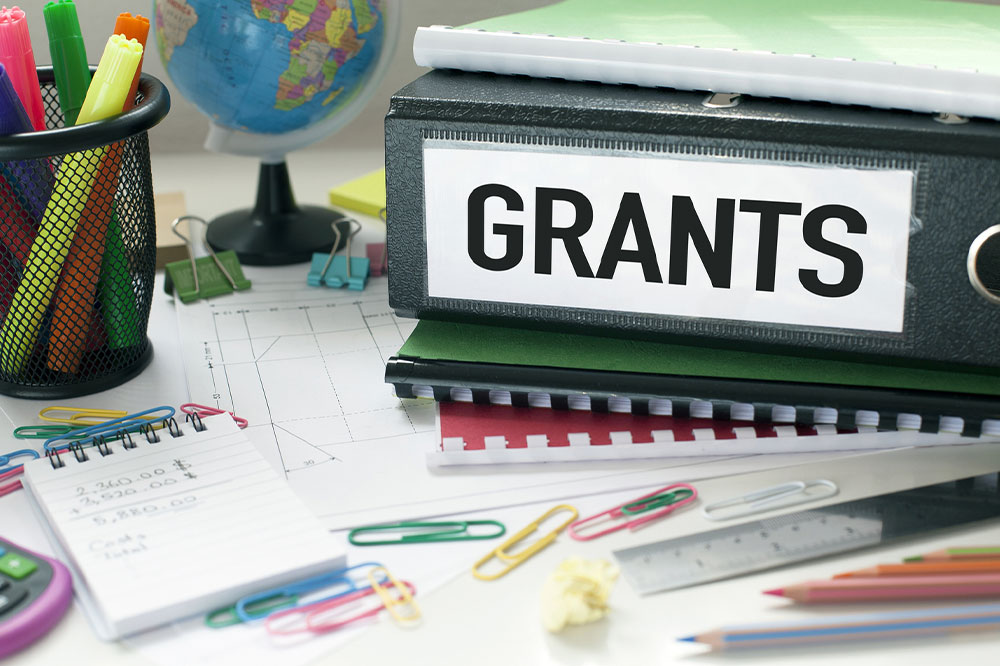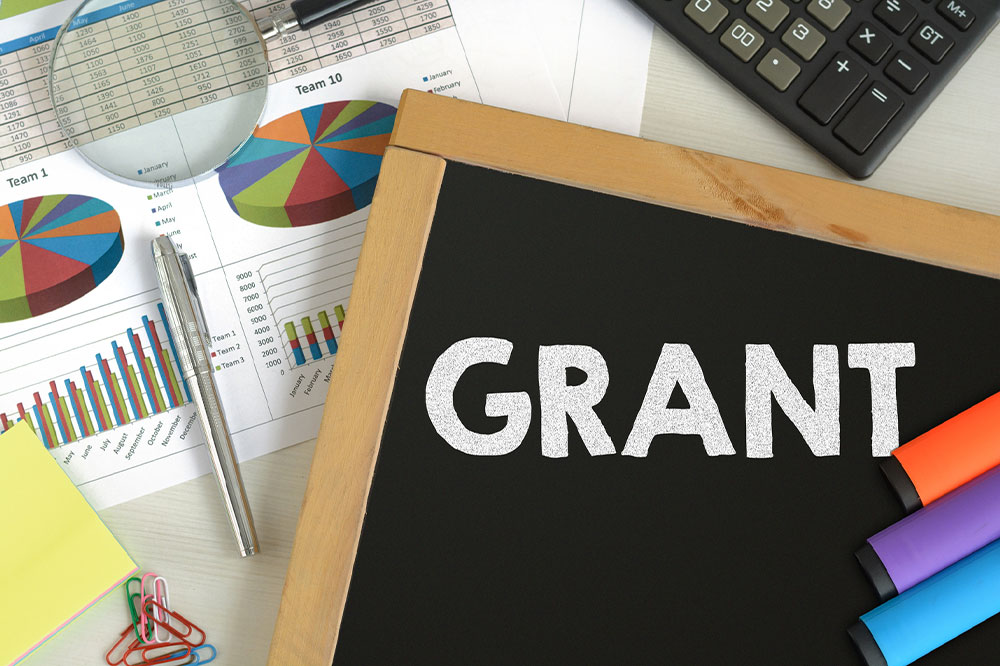Top Five Grant Programs to Help Cover Financial Expenses
Discover the top five government grants designed to assist with paying bills, including SNAP, LIHEAP, WAP, Lifeline, and rental assistance. Learn eligibility criteria and application tips to secure financial support for household expenses, energy costs, and communication services. These programs play a vital role in alleviating financial burdens for low-income families and individuals, providing critical aid in tough economic times.

Top Five Grant Programs to Help Cover Financial Expenses
Governments at both state and federal levels offer various grant opportunities to support individuals and families facing financial hardships. Sometimes, they also provide low-interest or interest-free loans. These resources assist with daily living costs, educational expenses, home purchases, and other financial needs. Due to the diversity of available grants, thorough research is essential to identify the most suitable options for each situation.
Supplemental Nutrition Assistance Program (SNAP)
If you need aid to offset grocery and food costs, SNAP offers valuable support. It acts as a safety net for low-income households by providing benefits to purchase eligible foods using an electronic benefits transfer (EBT) card, similar to a debit card. Eligible food items include fresh produce, meat, dairy, bread, snacks, non-alcoholic beverages, and seeds for home cultivation. Household income limits determine eligibility, factoring in household size and circumstances, such as recent income loss or medical expenses.
For instance, a household with one adult and two children may receive approximately $577 monthly through SNAP benefits. Additional factors like recent income reductions or medical costs can increase this amount. Eligibility criteria include income limits and specific household circumstances.
Low Income Home Energy Assistance Program (LIHEAP)
LIHEAP provides financial support for heating and cooling costs, benefiting both homeowners and renters. Managed by the Department of Health and Human Services, eligibility depends on income, household size, and energy usage. Those enrolled in programs like SNAP may qualify automatically. Typically, grants range from $500 to $1,500, paid directly to utility providers. Quick application submissions are crucial because funds are limited and awarded on a first-come, first-served basis.
Weatherization Assistance Program (WAP)
Designed by the U.S. Department of Energy, WAP helps low-income households reduce energy expenses through home efficiency upgrades. By utilizing DOE funds, households save an average of $372 annually. The program is available to both homeowners and renters, focusing on those with income at or below 200% of poverty guidelines. Priority is given to seniors, individuals with disabilities, families with children, and high-energy consumers.
The Lifeline Program
This initiative offers discounts on phone and internet services for low-income families. To qualify, household income must be at or below 135% of federal poverty levels, or they must participate in programs like SNAP or Medicaid. Recipients receive a monthly grant of $9.25 to help offset communication costs, easing the financial burden of essential connectivity services.
Emergency Rental Assistance (ERA)
In cases where households are at risk of eviction and cannot pay rent or utility bills, ERA provides critical support. Managed by the U.S. Department of the Treasury, this program covers rent and related expenses such as electricity, gas, water, sewer, and trash removal. It also includes assistance with late fees, internet bills, moving costs, rental deposits, and application fees. Interested applicants should consult the official Consumer Financial Protection Bureau portal for application details and eligibility requirements.










